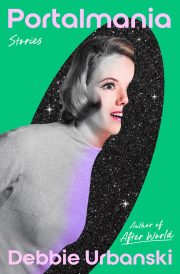Key Conditions for Suspense:
Part 20 – Patterns for Presenting the Problem 1-3
Have you thought about starting with a bang right away? Or does your story want another hook before you roll the main one out on the stage?


